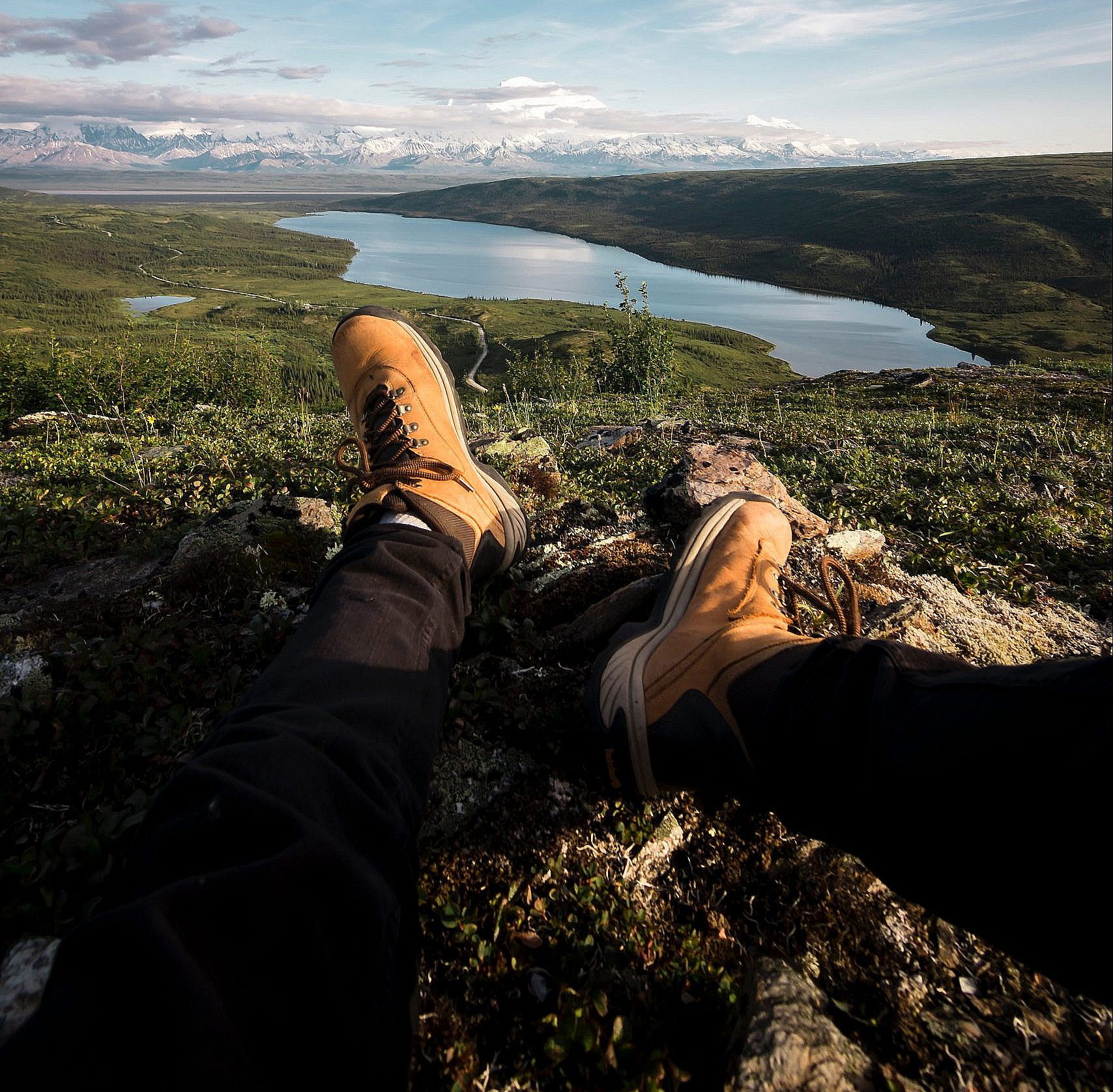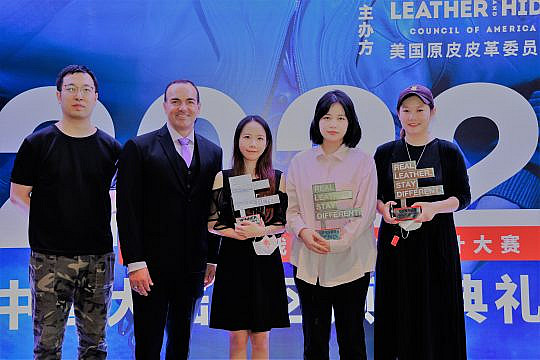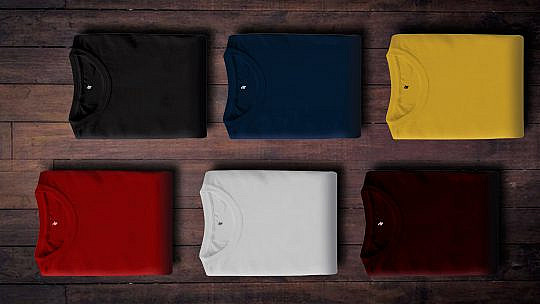Cattle hides are by-products of the meat industry. By using them to make leather we save them from landfill and create a valuable, sustainable, biodegradable material. It’s a win-win situation!
The US cattle industry is more efficient than most – it manages to salvage 85 per cent of hides. But still around 5 million hides are disposed of each year.
Worldwide around 40 per cent of hides are simply thrown away. That is 120 million hides, the vast majority of which are sent to landfill. Those hides amount to 3million tonnes of waste and generate 2.7million tonnes of greenhouse gasses every year.
The Durability of Leather
So, using leather prevents the release of these harmful gasses. But there are other less direct benefits of using leather. Reducing the production of synthetic alternatives reduces the use of petroleum used in their manufacture. It also cuts the amount of harmful microplastics that are released into the environment. And one leather item can replace a number of synthetic ones – leather lasts longer.
We’re not saying leather production has no carbon footprint. In fact, the Leather and Hide Council of America (L&HCA) is currently working with partners to research figures for the whole of life carbon footprint of leather products. But the impact of leather production has been steadily reduced over the last 30 years. The L&HCA also supports tracking to prevent the purchase of hides from cattle raised on cleared rainforest.
Reduced Reliance on Plastic
The fashion industry produces 144billion pieces of clothing each year and 72 per cent of these are made from plastics derived from fossil fuels. It would take 3.5million acres of forest to recapture the CO2 this releases. It is vital that this over-production is stopped, and the best way to do that is to produce clothes, footwear and accessories that last longer by using durable sustainable materials. Materials such as leather!








